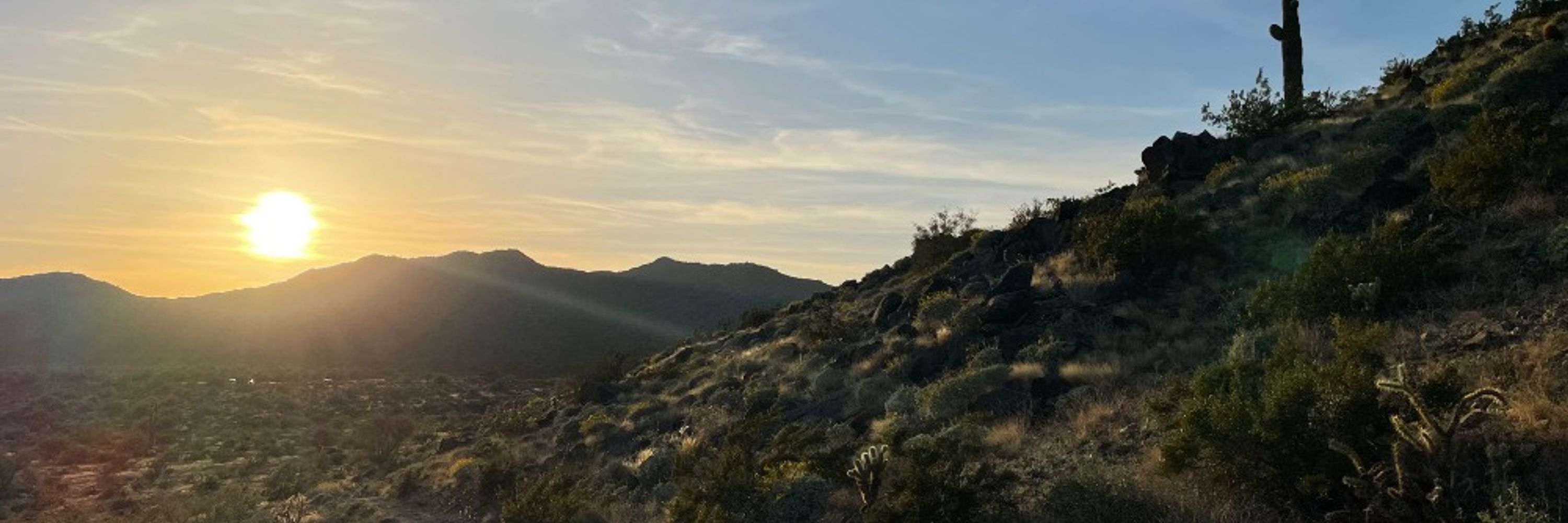
🌍📊🤝📚🧩

At #NODES2025 by @neo4j.com, Tony Smid explains why designing your own visualisation can outperform any plug-and-play tool.
📅 6 Nov, 13:00–13:30 CET
🔗 Learn more & register to join his session: neo4j.com/nodes-2025/a...

At #NODES2025 by @neo4j.com, Tony Smid explains why designing your own visualisation can outperform any plug-and-play tool.
📅 6 Nov, 13:00–13:30 CET
🔗 Learn more & register to join his session: neo4j.com/nodes-2025/a...
Explore this process! https://bit.ly/4pYpvlu
#Neo4j Makbule Gulcin Ozsoy

Explore this process! https://bit.ly/4pYpvlu
#Neo4j Makbule Gulcin Ozsoy
#Generative #AI #News #SEO
Origin | Interest | Match

Tiger is launching a new database for agents. Agentic Postgres is the first database designed from the ground up for Agents. It includes native full-text and semantic search built directly into the database. It has a new c…
#hackernews #news

Tiger is launching a new database for agents. Agentic Postgres is the first database designed from the ground up for Agents. It includes native full-text and semantic search built directly into the database. It has a new c…
#hackernews #news

youtube.com/live/_DGziSs... #neo4j

youtube.com/live/_DGziSs... #neo4j
Including Apache Jena, Cambridge Semantics Anzo, IBM Watson, PoolParty, Progress Semaphore, RDF, Stardog, Allegrograph, GraphDB, Graphwise, Neo4j, Ontotext, SPARQL, TopBraid and more.
Including Apache Jena, Cambridge Semantics Anzo, IBM Watson, PoolParty, Progress Semaphore, RDF, Stardog, Allegrograph, GraphDB, Graphwise, Neo4j, Ontotext, SPARQL, TopBraid and more.
Is graph really the new star schema? What do graphs like to non-insiders, and what attracts them to the community, methodologies, applications, and innovation?
#hackernews #news

Is graph really the new star schema? What do graphs like to non-insiders, and what attracts them to the community, methodologies, applications, and innovation?
#hackernews #news
GitLab 18.4 released with GitLab Duo Model Selection and GitLab Knowledge Graph

GitLab 18.4 released with GitLab Duo Model Selection and GitLab Knowledge Graph

Advanced Neo4j knowledge graph memory system with MCP integration for AI tools and IDEs
🔗 https://bitbucket.org/scrypster/memento/
Advanced Neo4j knowledge graph memory system with MCP integration for AI tools and IDEs
🔗 https://bitbucket.org/scrypster/memento/

Here's more mafostmarketing.com/social-brand...

Here's more mafostmarketing.com/social-brand...
At #SEMANTiCS2025, Christelle Maignan, the lead ontologist @IKEA, lifts the curtain on the #IKEAKnowledgeGraph & talks real-world KG implementation at scale.
#knowledgegraphs #semantics #ikea


At #SEMANTiCS2025, Christelle Maignan, the lead ontologist @IKEA, lifts the curtain on the #IKEAKnowledgeGraph & talks real-world KG implementation at scale.
#knowledgegraphs #semantics #ikea



🌍 Come together with developers, users, & organizations from the MediaWiki community for presentations & workshops/demos, & submit your ideas! 💡
📅 Submission deadline: September 5
www.semantic-mediawiki.org/wiki/MediaWi...

🌍 Come together with developers, users, & organizations from the MediaWiki community for presentations & workshops/demos, & submit your ideas! 💡
📅 Submission deadline: September 5
www.semantic-mediawiki.org/wiki/MediaWi...
–Christos Giotis
In this week's Knowledge Bite video, Christos Giotis from the University of Edinburgh shares his work on Atlas, a hardware engine for #graphdatabases:
www.youtube.com/shorts/MTp5Z...
#knowledgegraphs

–Christos Giotis
In this week's Knowledge Bite video, Christos Giotis from the University of Edinburgh shares his work on Atlas, a hardware engine for #graphdatabases:
www.youtube.com/shorts/MTp5Z...
#knowledgegraphs

#AWS #AmazonNeptune

#AWS #AmazonNeptune
🆕 developer-friendly tools like the Kùzu graph database are making it easier to implement graph-based systems, potentially expanding adoption
gradientflow.substack.com/p/the-missin...

🆕 developer-friendly tools like the Kùzu graph database are making it easier to implement graph-based systems, potentially expanding adoption
gradientflow.substack.com/p/the-missin...


